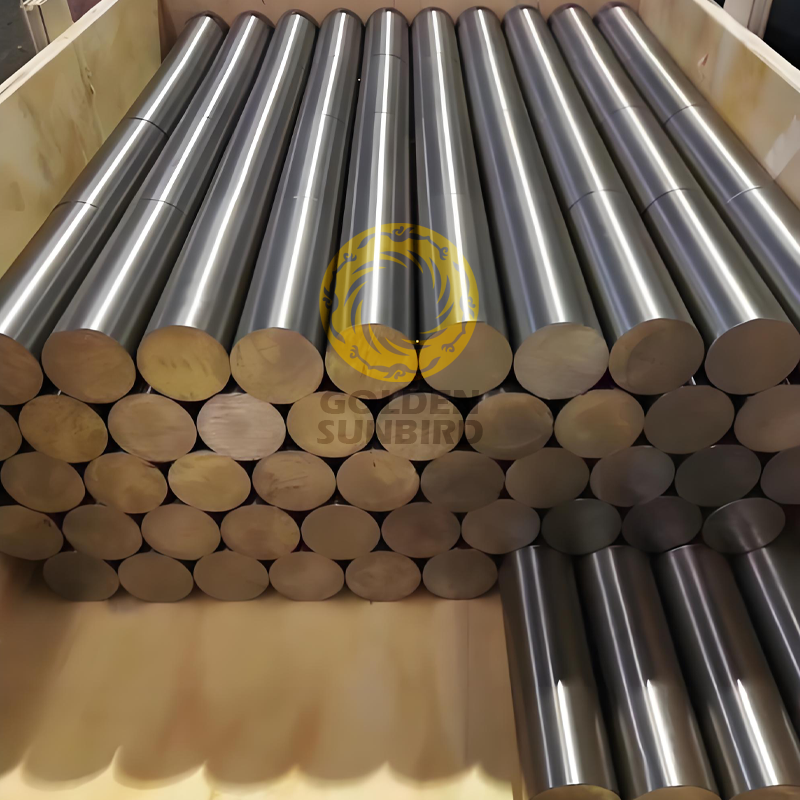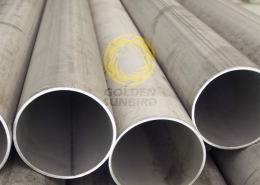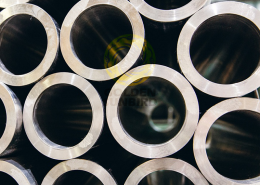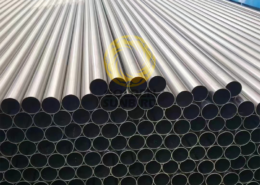| Specification |
Value |
| Standard |
ASTM B160 Nickel Rod and Bar |
| Grade |
Nickel (UNS N02200), Low Carbon Nickel (UNS N02201), and Solution Strengthened Nickel (UNS N02211) |
| Other Standards |
ASTM B160/ ASME SB160, DIN 17752, ISO 9723 |
| Type of Bars |
Hot-worked, Cold-worked, or Annealed |
| Shape of Bars |
Round, Square, Hexagonal, or Rectangular solid section |
| Density |
8.89g/cm³ |
| Rod Diameter |
Round: 6 – 300mm |
| Bar Size |
Width≤254mm x Thickness≥3.2mm |
| Inspection Certificate |
EN 10204 Type 3.1 (Mill Test Certificate), EN 10204 Type 3.2 (Witness Testing or 3rd Party Inspection) |
| Tests |
Chemical Analysis, Tensile Test, UT/ET |
Packing
Small diameter packed in plywood box; large diameter packed on plywood pallets.
Application
Chemical Processing: Heat exchangers, piping systems, and reactor vessels handling corrosive chemicals. Pumps and valves for corrosive fluids.
Aerospace and Defense: Turbine blades and components for jet engines due to high-temperature strength and corrosion resistance. Structural components in aircraft and spacecraft.
Oil and Gas: Downhole tools and equipment for exploration and production, as well as piping systems and valves for corrosive environments.
Power Generation: Steam turbine blades and components in power plants. Heat exchangers and boiler tubes.
Medical: Surgical instruments and implants due to biocompatibility and corrosion resistance.
Electronics: Electrical contacts and connectors. Components in electronic devices require specific electrical or magnetic properties.
Food Processing: Equipment and components where hygiene and corrosion resistance are essential.
Marine: Shafts, propellers, and other components exposed to seawater.








